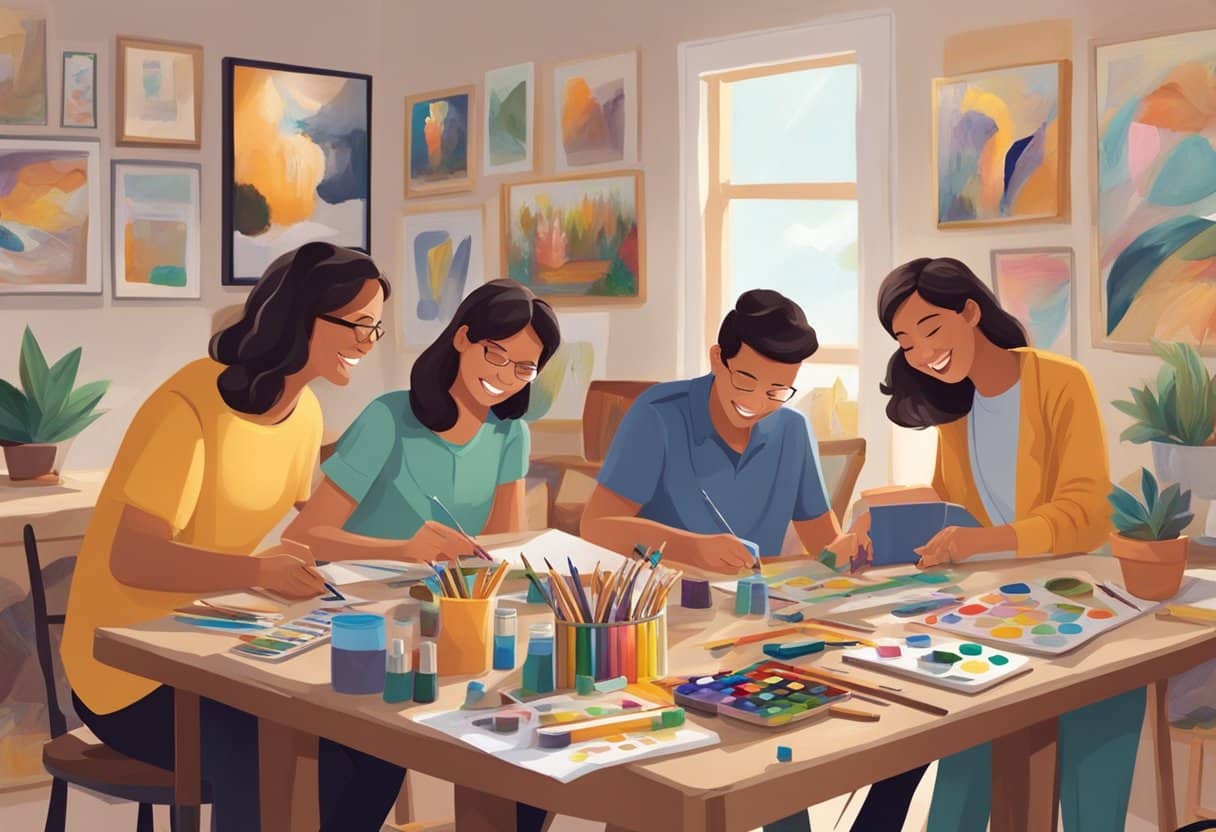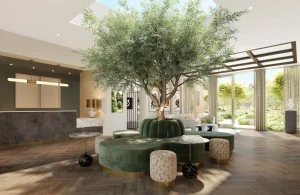Limitless Creativity: The Emotional Journey of Designing Your Own Space

I. The Power of a Space That’s Truly Yours
The experience of dwelling in a place differs from the feeling of being part of a community. The ownership of rented properties remains unclear to tenants because they do not have access to the space. The rules of your rental property restrict your ability to make changes because you cannot paint walls bold colors, punch holes through walls, or undertake any substantial transformations. The experience of living in this space provides both security and limited freedom to express yourself.
The moment you acquire ownership of your home through purchase, extended lease, or unrestricted selection, you begin to envision both the visual appearance and sensory experience of your space. The process of designing your personal space evolves from selecting furniture and paint colors to creating an area that showcases your current self.
II. Leaving Behind Limitations
The experience of renting under strict rules makes you feel like you never truly own your space. You learn to. People fail to recognize how rental restrictions create mental changes that affect their thinking patterns. Your existence becomes focused on following rules that dictate what you cannot do, what you should avoid, and what actions are forbidden. These rules compel you to use white walls and standard fixtures, while understanding that your creative expression is only temporarily yours.
The process of leaving that situation brings you deep emotional freedom. Your ability to make lasting decisions about your space begins when you realize you can paint walls, display your own artwork, and install new fixtures. The ability to design freely represents the same level of independence that people experience in their personal lives.
The actual journey starts when you move past restrictions to explore your full creative potential.
III. The Moving Process: Shedding and Starting Fresh
The process of moving from one place to another always brings challenges. It’s never just physical—it’s emotional too. Lifting boxes, sorting through memories, managing logistics—all of it demands energy and reflection.
If you’re relocating over a long distance, working with cross-country movers can ease much of that burden. They handle the heavy lifting and coordination, giving you the space to focus on what truly matters: the transition itself.
As you sift through your belongings, each item becomes a checkpoint in your life. Every object seems to ask a quiet question—do you still need this version of yourself?
Letting go of outdated furniture, forgotten décor, or sentimental pieces from past stages allows you to start fresh. The act of moving transforms into something deeper than transport—it becomes therapeutic. It’s a process of release, a physical and emotional reset that clarifies what deserves to come with you.
In the middle of all that motion, there’s a pause. A brief, grounding silence before the new begins. Then, as you step into your new environment, the possibilities unfold—wide, open, and waiting. You start to feel creativity stir again. That’s where the next version of your life begins to breathe.
IV. The Emotional Core of Design
The process of creating your own personal space requires more than personal taste preferences. It’s about identity. The selection of colors, textures, and room arrangements reveals your personal values and self-perception.
People choose peaceful, neutral colors to create peaceful environments. People choose to use strong contrasting elements that create energetic effects in their spaces. The decision-making process requires you to evaluate your natural preferences to determine which options match your personality and which ones feel artificial.
Design functions as a reflective surface. Through this process, you will learn about your preference for organized spaces and your ability to handle disarray. You will understand which spaces help you work effectively and which areas promote relaxation. The home you build over time will reflect your inner self through its design elements.
The process of creating a space presents multiple challenges. People experience actual fatigue when making decisions, and they also doubt their own choices. People avoid making decisions about their space because they fear making incorrect choices. The truth about design work is that it requires continuous improvement rather than flawless results.
V. Limitless Creativity: Turning Vision into Reality
The removal of constraints allows creativity to flood in. The absence of restrictions enables you to choose from various decorative options and permanent solutions. You have the freedom to create an original space that expresses your personal identity.
The experimental phase emerges during this period. You decide to transform an existing dresser into a new piece instead of acquiring a fresh one. You decide to paint your ceiling while combining different textures, which most people would avoid. Your trust in personal instincts grows stronger than your reliance on current fashion trends.
Your journey toward understanding true limitless creativity begins during this process. The concept of limitless creativity exists beyond financial boundaries because it grants you complete freedom to act. You receive authorization to attempt new things and experience setbacks while making changes and developing as a person.
Your home becomes a genuine reflection of your personality through its authentic and loving atmosphere.
VI. Living in a Space That Reflects You
The paint drying and furniture settling create a peaceful atmosphere that lingers with you. The way you experience your daily activities has undergone a significant change. Your bedroom provides you with complete support during your sleep. Your kitchen operates according to your specific requirements. Your living space provides you with a genuine sense of safety, which allows you to relax.
Your emotional path leads to a peaceful achievement at this point. Your home transforms into a space that shows your personal development through time. The design exists in a state of continuous transformation. Your personal development leads to changes in the way your living space appears. You make changes to your space through rearranging, adding, and subtracting items. Your ongoing process of improvement stems from your natural state of being alive.
VII. Home as a Living Expression of Self
The process of creating your own personal space requires you to establish your individual identity. The process begins with restricted conditions, followed by the disruption of relocation, which ultimately leads to finding a space that offers you complete freedom. Your journey reveals that true creativity emerges from mental approaches rather than physical design elements.
A space designed with purpose creates an environment that looks stunning while simultaneously feeling perfectly suited to its occupants. Your personal history is present in every area of the space, reflected in its various materials and all your deliberate decisions.
Home serves as more than a physical residence because it represents your ongoing personal development.



